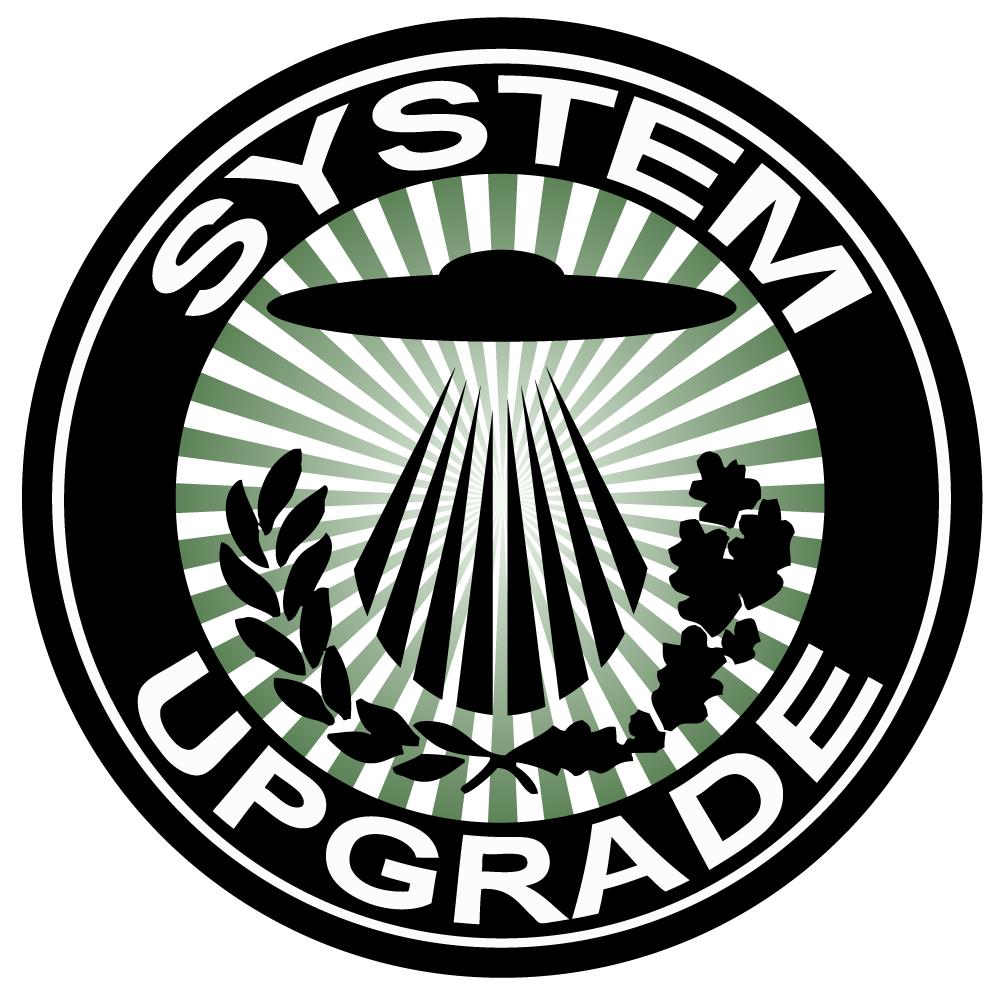3 Simple Steps for Upgrading your OS

Perhaps part of the vast majority who have upgraded seamlessly… or perhaps not. We have all heard the horror stories about when upgrading your operating system can go wrong. The I lost everything!’s and the Nothing works anymore!‘s. They are wretched experiences some of have endured. But the one thing most people don’t know about upgrading your OS is that you can make it painless and safe by following a few simple steps.
Operating systems! They come in all flavors and they roll out about once a year. It’s a treadmill, yes. Though for the average user, they’re often worth getting. The question of whether or not to upgrade can be tricky so I’m going to give you a couple handy little tricks to make the transition easier.
BACK UP YOUR $#!7
We all know that backing up your computer is the best thing you can do for your sanity. It also happens to be the easiest thing to put off. Trust me, I am guilty of it too. Time Machine, part of the basic package that was introduced in earlier versions of OS X, is a miracle worker for those of us (we know who we are) that happily procrastinate when it comes to this simple, menial task.
So before you go any further, get your butt over to Amazon.com or Newegg.com or any other of the hundred places you can purchase an external drive and get one. The sooner you do it, the safer your sanity will be. Personally, I align my brand loyalty with two companies, G-Tech and Western Digital. I like their blend of connectivity, reliability, and looks. Let’s face it, if it’s taking up real estate on your desk, a little bit of sensible style doesn’t hurt.
PARTITIONS
A partition is basically a section of a hard drive that is cordoned off. Think of the National Mall. It stretches from the Capitol, all the way down past the Washington Monument and up to the Lincoln Memorial. That’s one big hard drive. All those sections of the mall neatly divided up into little plots of land between the Capitol and the Lincoln Memorial, those are partitions.
Generally speaking, a computer will come with a single hard drive set up as a single partition, and let’s say it’s got 500 gigabytes of storage space.
With a few keystrokes, you can make the hard drive have several smaller partitions within it. You cannot have partitions inside of another partition but you can have partitions of varying size, and you can have as many as you want really. So in this example, your hard drive is really just an enclosure which encompasses all 500 gigabytes of storage.
You can apply this now by creating a new partition using Disk Utility and let it handle reallocating all the assets. Let’s say you chose to make a second partition of 200 gigs. Effectively what you end up with is the same 500 gigabyte hard drive, but on your computer it will show up as two separate drives, one 300 gb, and the new one 200 gb, each with it’s own unique name and identifiers.
THE UPGRADE
This is how I handle my OS upgrades.
I don’t usually do this but seeing as I’m setting a good example, I BACK UP MY DRIVE. Then, I create a second partition, and now that my computer thinks I’ve actually got a second hard drive, I install the new OS on the new partition. Once it’s loaded up, I can go into my System Preferences and choose my start up disk from the two drives, thus allowing me to have two OS’s on one hard drive.
On my big rig, I have 4 Operating systems on a single drive and I can boot to which ever I like, when ever I like, by simply holding down the option key during start up. Or I can manually switch the start up disk from within the system preferences pane. Right now, I’ve got 10.7, 10.9, and 10.11 on a single drive. On another I’ve got 10.7, Windows 7, Windows 10, and Linux. So actually I’ve got 7 Operating systems to choose from on one computer… now that I think about it, it’s a little disturbing. I don’t recommend doing this, but I like playing with fire.
TL;DR
These tips or method does take a little more work but it also assures that I can always revert back and still play with the newest stuff before I jump in fully. Back up stuff, create a new partition, install new OS on new partition, play to hearts content. If you don’t like it the new flavor, just reboot with your flavor of choice, go into Disk Utility and get rid of the other partition. You’ll be back to vanilla in no time.